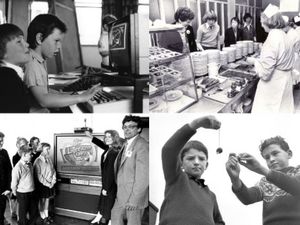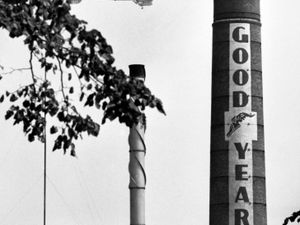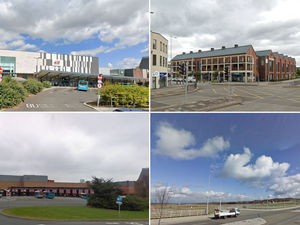How bid to revive old Severn Valley railway line hit the buffers
For enthusiasts harbouring the ambition of reinstating the old Severn Valley Railway from Bridgnorth to the Ironbridge Gorge, the dream died – probably forever – in the late 1970s.
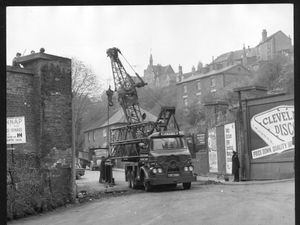
And the story of how events and minor politics back then crushed any chance there could have been has been told by David Adams of Newport, who at the time was on the advisory committee of the Ironbridge Gorge Museum Trust.
David, a former Newport mayor, has been working on his autobiography, called My Life, in which he tells how the idea was looked at as a way to give access to the museum, with tremendous potential for tourism and to boost the heritage railway itself.
To test out the viability, on one Sunday in 1975 he decided to see how far he could drive down the track from Coalport to Bridgnorth in his Range Rover before having to walk. In fact he found he was able to get all the way to the equipment store on Bridgnorth Golf Course before having to get out. And he was able to walk all the way through Bridgnorth's railway tunnel before getting to the blocked station end.
There seemed to him to be no practical difficulty in relaying the track other than having to rebuild the station bridge at Bridgnorth.
"No doubt there will be problems with the golf club, but I would have thought that the passing of a steam train down the middle of the fairway would add interest to the game," David wrote in a letter to Keith Mortimer-Hunt, of Kidderminster, who had canvassed the idea of reinstating the railway in the press.
Later Mr Mortimer-Hunt did his own walk of the track, which David was unable to go on, and he tells in his unpublished book what happened next.
"You didn't mention the housing development," said Keith in a phone call to him afterwards.
"What housing development?" replied David.
"They are building a housing development right across the track."
David writes that he was perplexed.

"How on earth could a development company gain permission to build such a development across the obvious connection of the railway north? It just did not make sense."
A letter was written to the developers, but rather than the dismissive reply that had been expected, they expressed interest in the project and suggested a site meeting. Houses already built on the line of the track were nearly complete.
David asked how they managed to get planning permission, and the reply was there had been no objections from Bridgnorth District Council or the Severn Valley Railway.
"In fact," David quotes them as saying, "had we known that a steam railway was planned to pass through the site, we could have planned it accordingly, and it would have put an extra £10,000 on the value of all the nearest houses. People love steam railways."
It was clear to him and supporters of the railway revival that any attempted new track alignment was impractical.
"There was no way through, and our very valuable project was dead. We came away from that meeting feeling very dejected."
Years later, he asked a member of the SVR from those days why the heritage railway had not objected to the developer's planning proposal.
"He told me that the council had little faith in the regeneration of the railway and had decided to demolish Bridgnorth station to replace it with a swimming pool, and the SVR group were having to fight it all the way. The last thing they had in mind was to object to yet another planning application which would turn the council even further against them. Luckily they succeeded in saving the station.
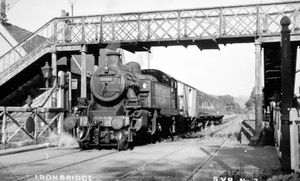
"The Severn Valley Railway now is one of the nation's greatest attractions from which Bridgnorth has benefited enormously, and the town, and particularly Ironbridge, would have benefited a great deal more still, if only the councillors at the time had had the vision to realise it. A great opportunity lost."
Meanwhile historian Chris Magner of Bridgnorth has thrown light on a forward-looking objection to the closure of the original SVR, which came in 1963.
Chris emailed to say: "Sometimes some people are years ahead of their time.
"When a railway comes up for closure there has to be a public hearing beforehand. When I was researching into the closure of the Severn Valley Line I noticed with interest one of the objections to closure. This was from two ladies stating that if the Severn Valley Line closed, children from the Black Country would be denied the chance to sample the fresh air of the Shropshire countryside.
"Back then air quality, global warming and climate change were not everyday subjects of conversation. These two ladies, Miss I and Miss E Winfield from Birmingham, sent a 116 signature petition to retain the line as closure would prevent industrial workers having the chance to spend their leisure time in the open air."
And after our recent feature about the closed Bridgnorth railway tunnel, Geoff Davies of Bridgnorth emailed in to say: "Bridgnorth Chamber has been negotiating to open the tunnel for pedestrians and cyclists, with Highways England and other organisations.
"So far we have backing of SVR and have attended the most recent inspection of the tunnel
"Do you think we will ever get it opened as it is right on the Route 45 National Cycle Route?"


